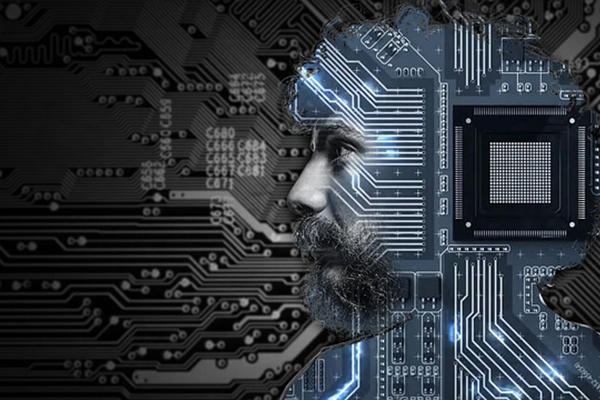This is the first in a series on the brain and trauma. Why is the brain so important when it comes to addressing trauma? While most of us think our trauma comes from an event or series of events (the bad things that happen), the physical/mental/emotional responses that we so often associate with trauma actually are cued by very specific parts of our brains.
It wasn’t very long ago (as late as the 1990s) that many professionals in multiple professions believed that the brain stopped growing around the age of six or seven. This meant that people were provided very little hope for the future if they were determined to be dealing with an issue that involved the brain after early childhood.
But new advances in imaging techniques, such as the fMRI, have provided insight into what is happening inside the brain. And much to everyone’s surprise, the brain can continue to grow and change all the way into adulthood! Scientists call this “plasticity,” which simply means that our brains are constantly changing. This is great news for those of us struggling to overcome trauma. So this is the first in a series of posts that demonstrate that there is hope for healing the traumas that haunt us. Slavery to trauma memories and past experiences is no longer inevitable because healing is possible. Please be on the lookout for new posts on our blog and in our newsletters!
In the following months, we will post the following parts of this Rewired Series:
Part Two: “This Is Your Brain On Trauma” will explain what is actually happening inside your brain when you experience symptoms related to a past traumatic experience.







